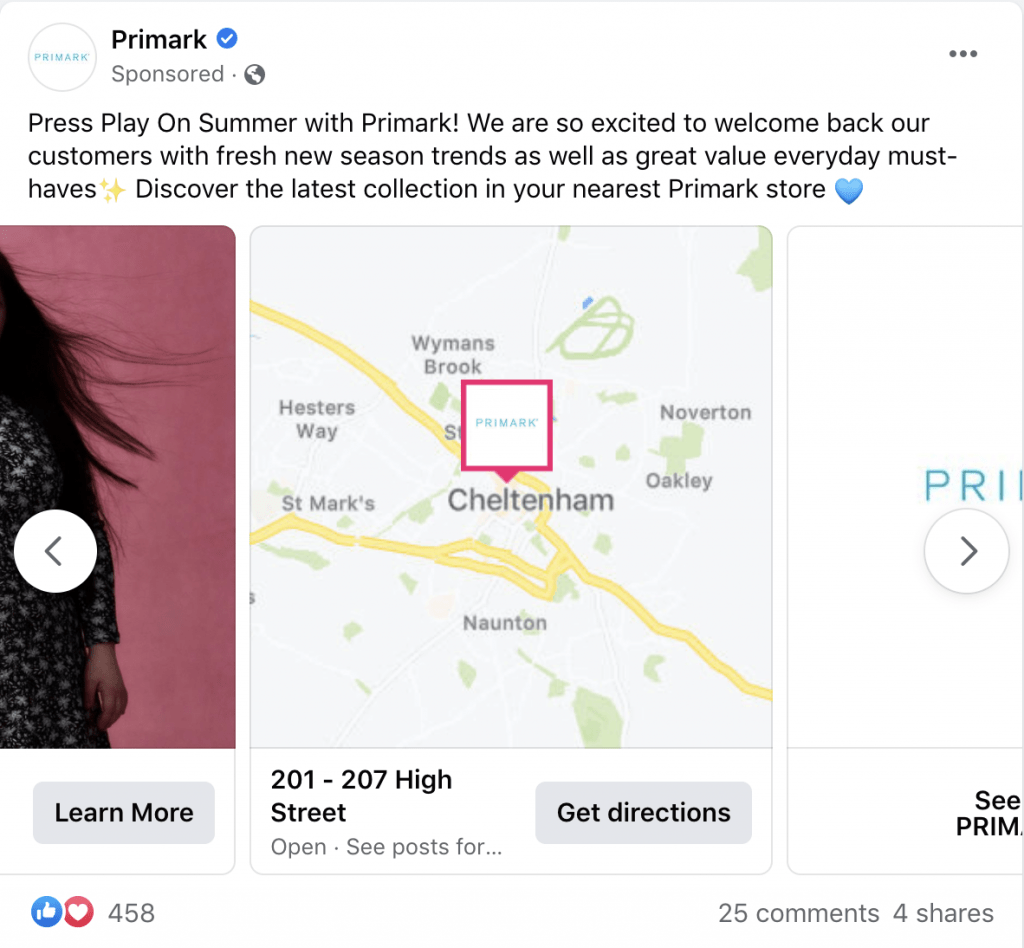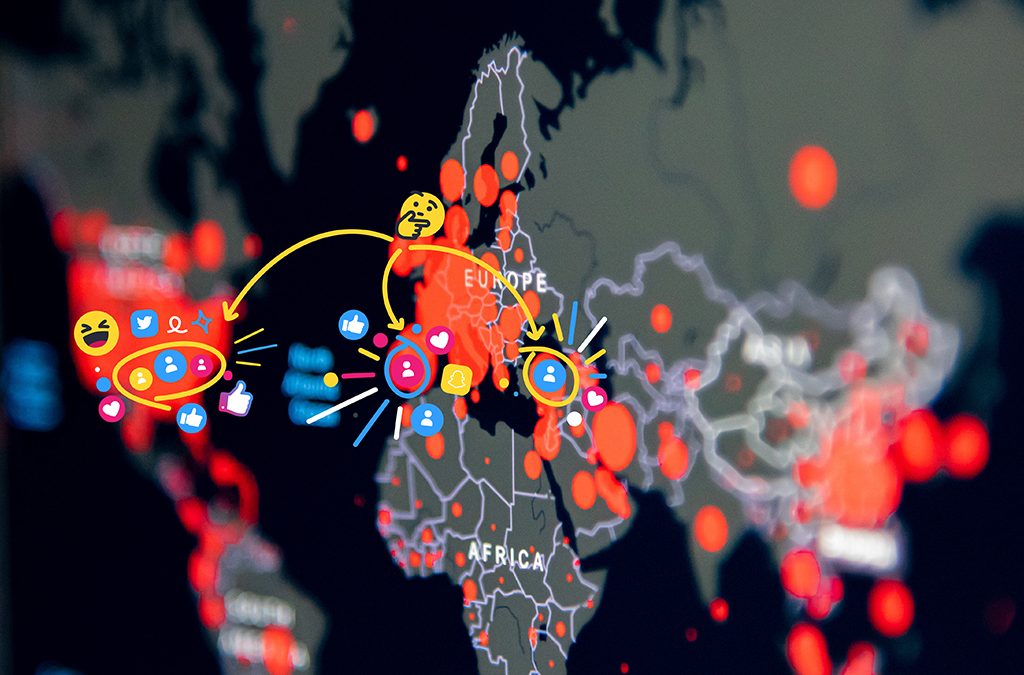You might already know that most search ad companies and social media advertising platforms allow you to drill down by location, but there’s an art to geotargeting that’ll substantially increase results – let us tell you more.
What is geotargeting?
Geotargeting is, simply put, targeting potential ad prospects on Google, Facebook, LinkedIn or similar by using a location. You can usually select either a city, county or country, and you can normally put a radius around a certain location. For example, if we were advertising a free consultation session at our office in Cheltenham, we might choose Cheltenham as our location and specify we wanted to show the ad to people within a 10-mile radius of Cheltenham as well.
Keeping it local
If you have multiple physical locations and tend to attract customers within a certain radius of those locations, you’ll no doubt want to stay reasonably local when it comes to your advertising. Both Facebook and Google allow you to create localised versions of your ads that are served only within those areas – so, if we had an office in Birmingham as well, we could target people in both Birmingham and Cheltenham without any crossover.
Like this Primark ad on Facebook, you can even include a card that links to a map with directions to your office or location:

Also, excluding certain locations is just as important – that way, you can guarantee that your ad isn’t shown anywhere you definitely don’t cover and maximises your budget by ensuring you spending money in the right places.
Targeting locations around events
We’ve done a lot of trials and testing around geotargeting, and one thing that we found particularly useful was the fact that you can target people for several days after they’ve been in a certain location.
We used this to great effect when promoting the Chateau Impney Hill Climb, running ads while other vintage motorsport events were taking place so that we’d hit people who were attending. We then continued those ads for at least three days after, knowing that we’d be able to reach people who had already travelled home.
This works on LinkedIn and Google too, so if you were at a convention or hosted an event, you’d be able to advertise to attendees – you can even drill down to postcode to reduce the likelihood of the ad being shown to an irrelevant audience.
Making sure your ads suit each location
The only potential downside to geotargeting is that you need to make sure your ads are set up to best suit each location – so if you’re advertising internationally, or even in different locations in the UK, you need to make sure you’re using the correct language, and even making sure that your ads are culturally sensitive.
If that sounds like hard work, why not let us take care of it? Our paid social and PPC experts can help you to define the right target audience and then develop the right message to improve conversions and generate better leads. Take a look at our services page to find out more.
- Snap x Cameo: Snapchat’s new partnership with Cameo - 9 May 2022
- The latest Twitter changes – May 2022 - 4 May 2022
- The State of Facebook Ads in 2022 - 1 April 2022
Contact us to find out more
Ready to step into the world of digital advertising? Drop our team a message to find out how we can make your business a success online.


